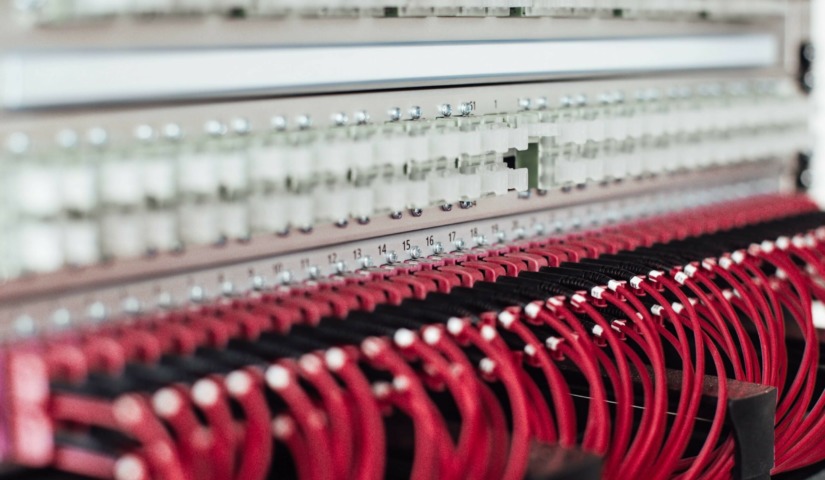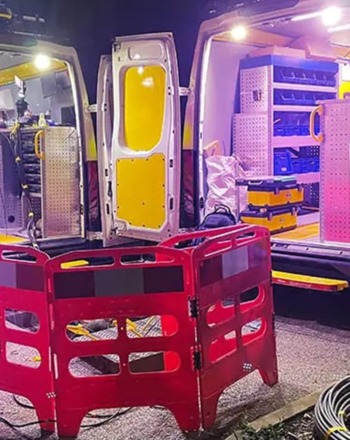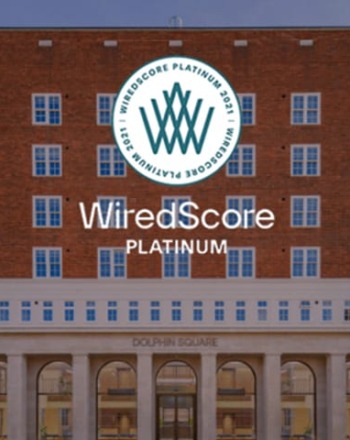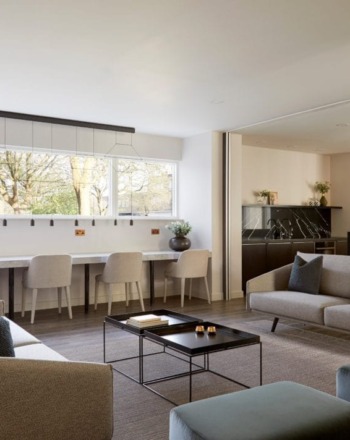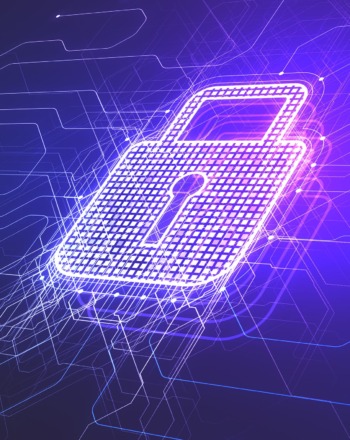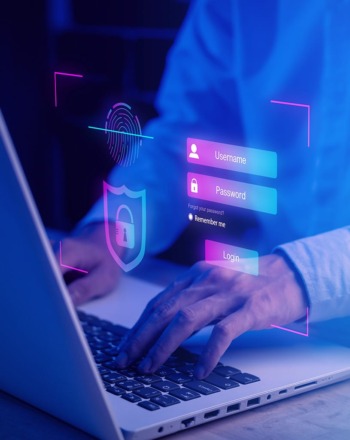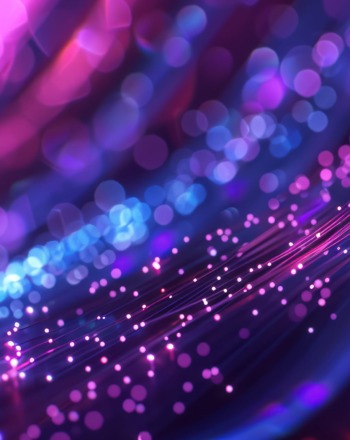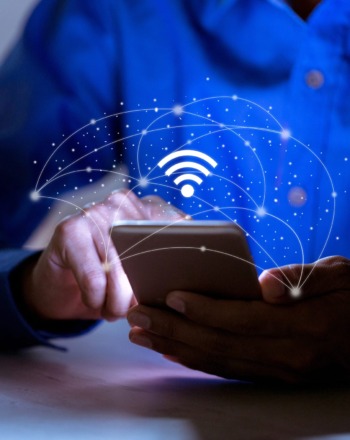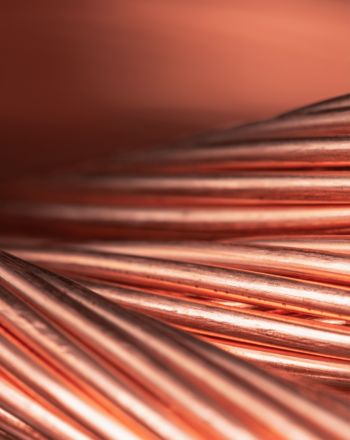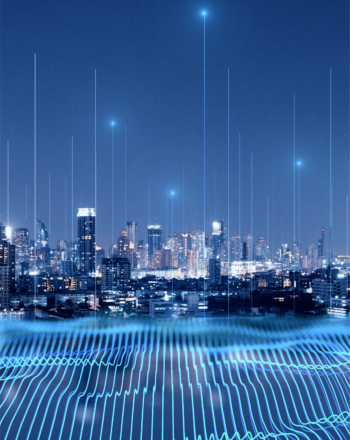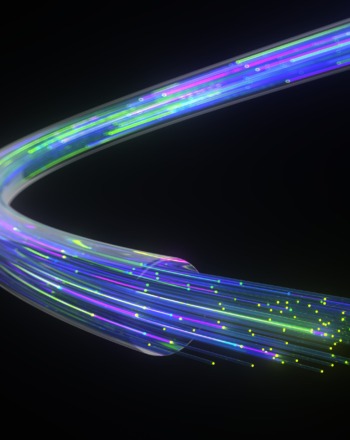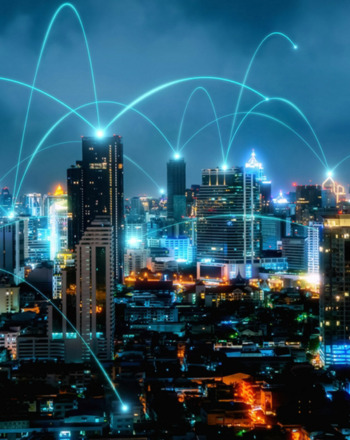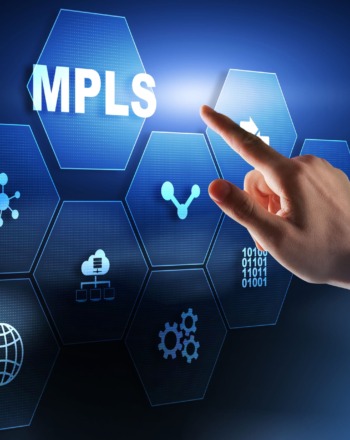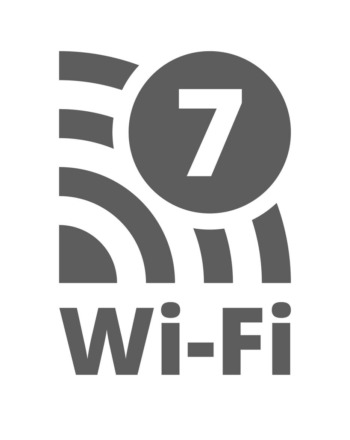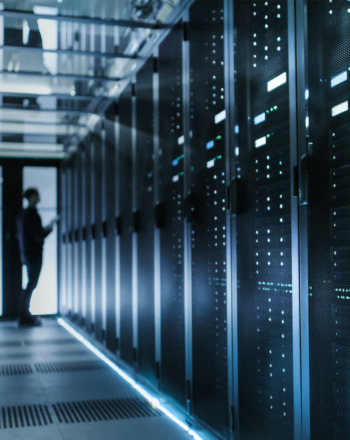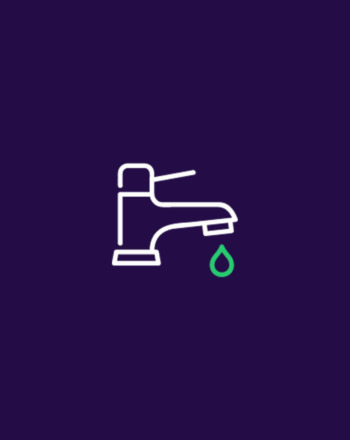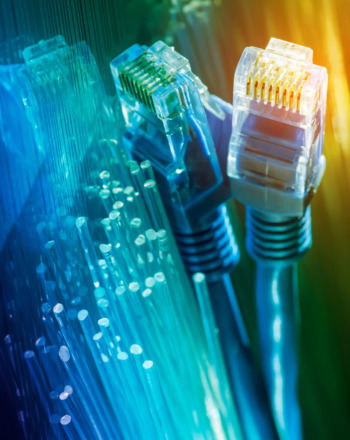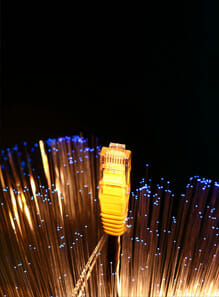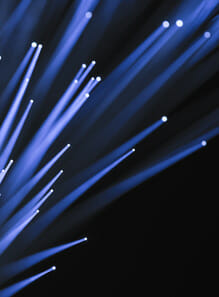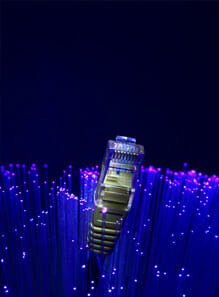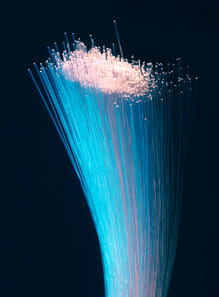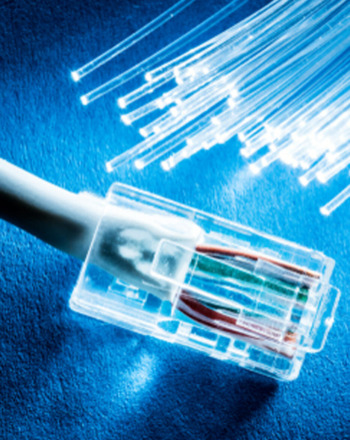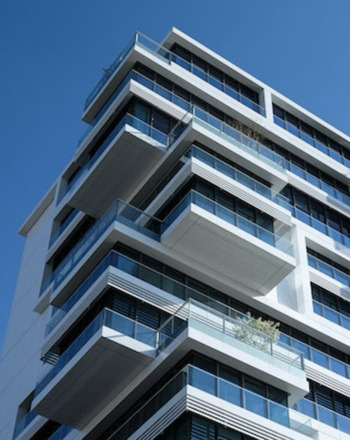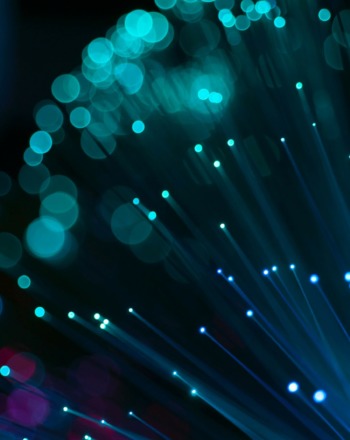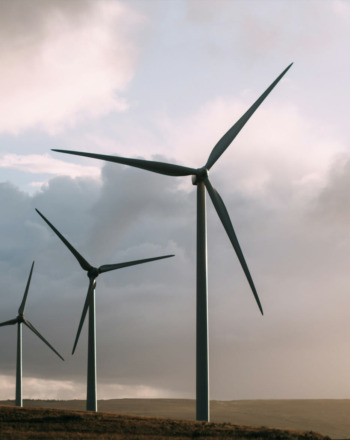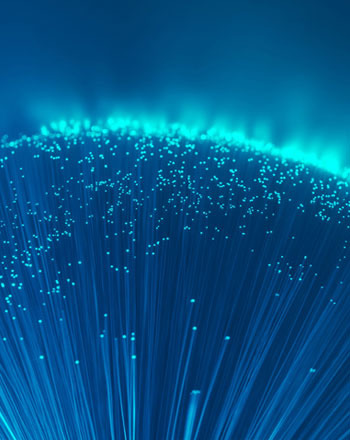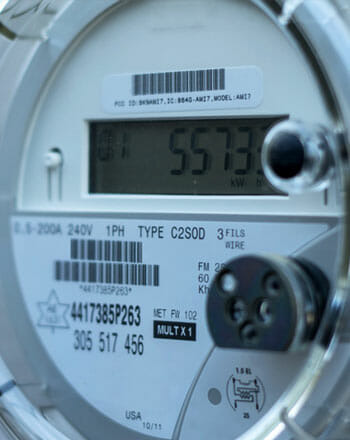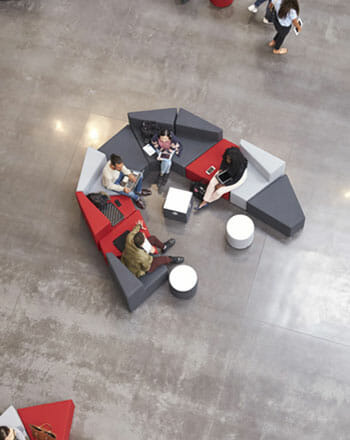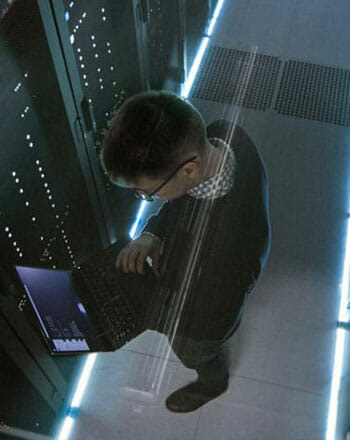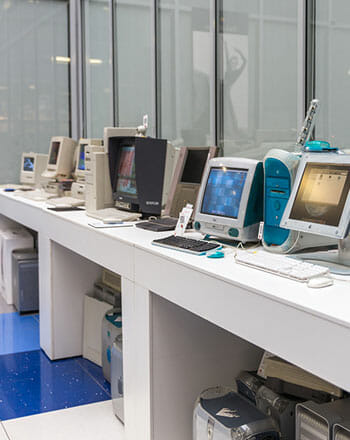With the Government’s commitment to eliminate the UK’s carbon footprint by 2050, there’s a sense of urgency in many industry vertices to proactively support sustainability within the UK. This focus has ushered businesses and customers to look to reduce their carbon footprints by sourcing products that reduce their carbon usage.
Previously key to communication and connectivity around the world, copper cables are being retired from use in the switch to fibre optics. In part, this is due to the progression of technology within our modern society which leaves us underserved when using bandwidth hungry technology over legacy copper lines.
The advantages of fibre optic cables extend beyond speed and connection. It has a role to play in the impact on the environment and the future of the planet. However, there’s still a long way to go before everyone has access to fibre broadband which is why companies are deploying more Fibre Cities to ensure no one is left behind in this need for sustainable fibre.
The Importance of Sustainable Connectivity
With COP 26 in 2021 highlighting the need for progressive steps towards a unified approach to minimising carbon footprints and energy consumption. Sustainable connectivity is an excellent way to lower the carbon footprint of businesses and to demonstrate Corporate Social Responsibility to customers. By implementing sustainable ways of enabling working, businesses and innovative asset classes can reduce their negative impact on the global environment.
For example, buildings are responsible for 40% of global energy consumption and 33% of greenhouse gas emissions, ensuring new buildings and old alike are sustainable, accountable, and energy-efficient is a critical step to international efforts to tackle climate change. And since COP 26, over 80% of businesses worldwide now report on sustainability.
The Difference Between Fibre and Copper Cable
There are some key differences between fibre and copper cables, and these have a direct effect on the way in which they allow businesses to operate. Their differences also relate to the impact that they have on both the local and global environment.
Data Transmission Speed
Copper based transmissions generally reach a maximum of 40Gbps whilst fibre optics can carry data at speeds closer to that of light with its unlimited speeds.
With vastly increased data transmission speeds, businesses will avoid spending time waiting for data to be sent or received, as well as being able to work with bulky data sets on cloud-based applications if needed.
Sustainability
Fibre optic cables are a much more sustainable option as they are built for the long-term. Not only does sustainability focus on the long-term effects of every decision, it also seeks to increase positive environmental impact.
An ISP Review Study from 2020 found that Full Fibre is the Most Energy-Efficient Broadband. Copper networks are power-hungry; research from ISP review highlighted not only does full fibre need fewer active network elements (Points of Presence) to supply connectivity to the same number of premises, but the power usage was far lower too.
Fibre cable is also much more energy efficient – needing 70% less energy to transmit the same amount of data as copper wire.
Life Span
Installing fibre optic cables takes a maximum of a few hours, yet it is a long-lasting solution which shouldn’t need repairing or replacing for at least 10 years.
This means that there are fewer resources required over time and less need for workers to travel to replace or maintain the cables. By reducing the need for maintenance, repair and replacement of fibre optic cables, the negative impact they have on the environment is lessened.
Installation Costs
The cost of having fibre optic broadband installed will vary depending on the type of broadband that’s chosen as well as the size and nature of a business.
Generally, installation costs are lower for FTTC (Fibre to the Cabinet). This is because the lines are likely to be in place already, so just the engineers and the necessary equipment required needs paying for.
FTTP (Fibre to the Premises) installation will naturally cost more than FTTC as it’s likely to require a fibre line to be installed to create a direct connection. If a business has a lower cash flow, there are grants available in the UK to help to cover costs.
Installation is generally quick and efficient, allowing a business to get moving faster within hours of set up. Any costs incurred in installing the cables and establishing connections are likely to pay off as a business increases its efficiency and improve its connectivity.
Connectivity Solutions with Glide
If you’re keen to get started with fibre broadband, yet don’t really know where to start, don’t panic. Glide offers consultations to businesses to better understand their needs and the infrastructures available, as well as assisting with construction and installation.
These fibre broadband solutions will help businesses of every size and shape transition smoothly to a better way of working, connecting, and communicating.

